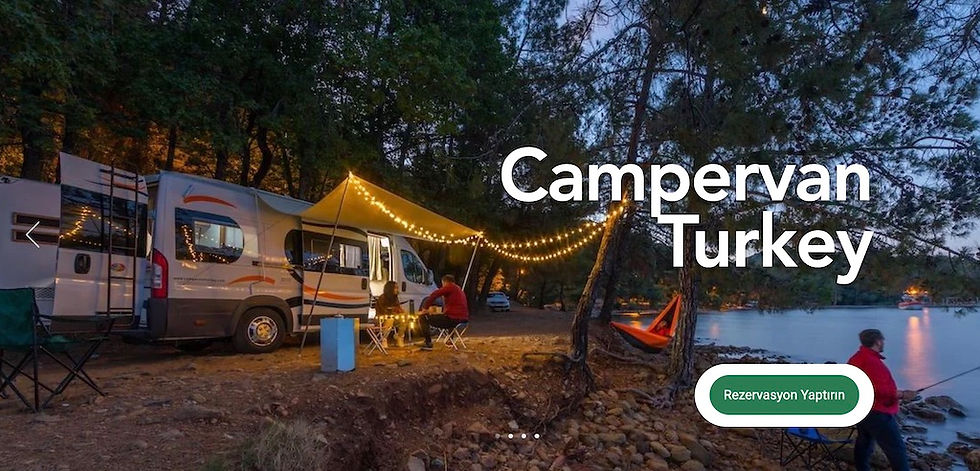WHAT IS A CHARMED HORSE?
- Pınar Horse Safari

- Jan 31, 2023
- 3 min read
A castrated horse is a castrated horse . This term is also used for male donkeys and mules. Unless a horse is used for breeding, it should be castrated. Gelding can make horses more stable and easier to handle. Later in life, a castrated stallion may exhibit more aggressive, stallion-like behavior.
WHAT IS THE IDEAL AGE FOR A HORSE CASTOR?
A foal can be castrated before the age of one, as soon as the testicles have descended into the scrotum . Many horse owners think that the sooner they are castrated, the better, so the foal will not develop stallion-like behavior. The testicles produce testosterone. It is this hormone that governs the stallion's physical characteristics. A crested neckline and sometimes aggressive behavior are characteristic of a stallion. It is sometimes dominant, which can pose a danger to other stallions or castrated animals and anyone holding the horse. Mares are also generally not interested in castrated animals. Others like to leave the castrated animals for later, thinking that the castrated animals will have a more ostentatious physical presence.
CRUSTED AND STILL
Castrated animals may grow slightly larger than if they were not neutered . Some riders prefer to be castrated as they do not like when mares are moody during their heat cycles. What is the best choice for beginners? Castration is by far the safest and wisest choice. Besides making a safer, calmer and smarter riding horse, castration is an effective way to avoid unwanted offspring and ensure that only the best horses are kept for breeding purposes.

In some cultures, not all men were castrated , but the conditions in which they lived were quite different from our modern riding conditions. It is possible, but rare, to find groups of stallions kept together or shown with mares today. In many cases, hard work and malnutrition explain the calmness of horses kept in groups but not gilded.
HOW IS THE HORSE CAUGHT?
Eider has been practiced for centuries, and written works of Aristotle mention eider as early as 350 BC. Igd is a relatively simple procedure performed by a veterinarian. For standing castration , sedatives and local anesthesia are applied to the horse , and if lying down , general anesthesia is applied. The procedure involves removing the testicles, epididymis, and part of the spermatic cord through a small incision.
CARE AFTER THE HORSE CASTERED
Caring for the horse after castration typically includes light exercise, keeping the incision area clean, and giving antibiotics . Complications from castration are very rare. If the surgery is performed in a clinic where the incision is stitched, the risk of complications is even less, although the procedure is more expensive. After castration, the horse normally recovers quickly and the "stagnation" hormones recede within weeks.
WHAT DOES IT COST TO CASTING A HORSE?
The cost of castration varies greatly by region, but the procedure roughly averages around €250, assuming no complications, and goes up to € 400 for castration of the lying horse . The cost of antibiotics can be additional. You may need to palpate the newly castrated area for a few minutes each day and monitor the incision for any signs of swelling. It's also important to keep flies away and keep the area clean.
CRYPTORCHIDISM IN HORSES
One problem that may arise is the possibility of testicular dropout. This is called cryptorchidism in horses. These horses sometimes retain many stallion characteristics and need to be handled like a stallion. Having a single testicles does not mean that it will only partially resemble a stallion's. Although the towers cannot mate, the presence of male hormones often makes the horse unsuitable for beginners.











Comments